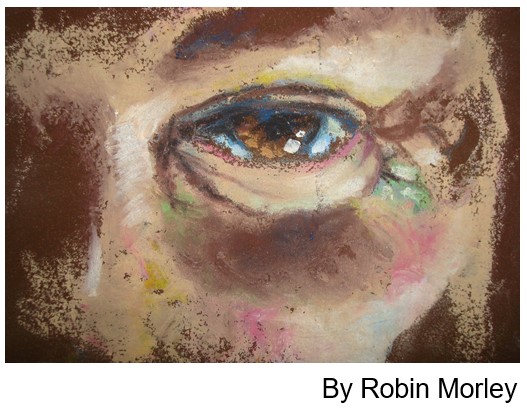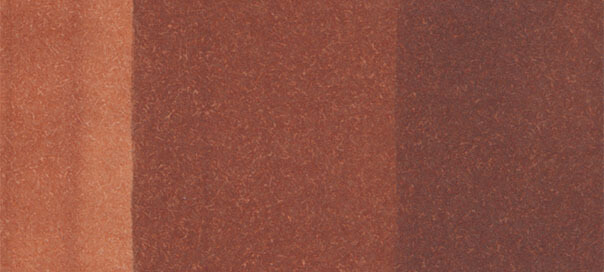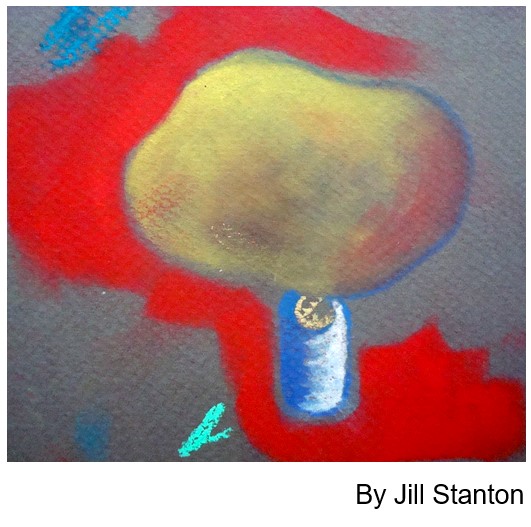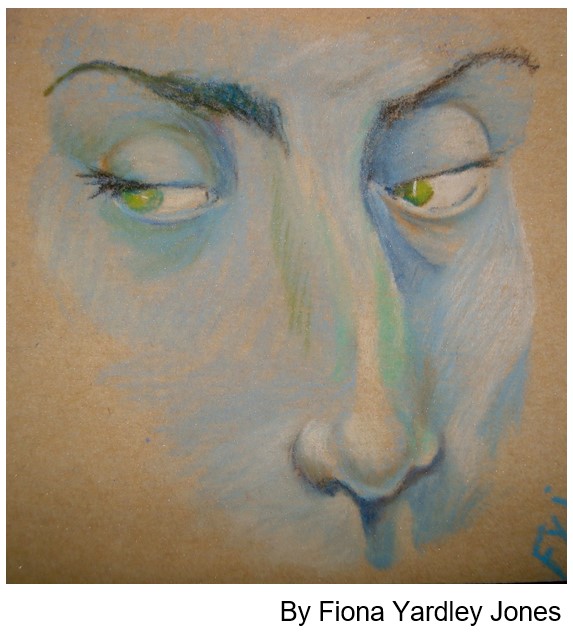
Imagine pure artists’ pigments coming directly from your fingertips. Soft pastels, or chalk pastels, are the most direct medium for working in colour. Pastels are basically pigment and chalk compressed with a small amount of gum tragacanth, with no additives or solvents. You won’t need many tools to create stunning works of art. Here are some tips and suggestions for those trying this medium for the first time.
The most important consideration with pastels is colour selection. Soft pastels don’t mix like watercolours or oils. Blending, layering and scumbling can create interesting effects but not really distinct value or hue changes. For this reason, colour selection of quality pastels is very large.
Pastel manufacturers offer a broad spectrum of colours
Schmincke Pastel (Germany) makes about 300 different colours, Sennelier (France) about 525, and Townsend (USA) claims twice as many (but these are nearly impossible to get). The possibilities are endless for manufacturing so colours plus tints (white added) and tones (black added) of each colour. To avoid frustration when rendering with colour in pastels, buy the widest range of colours that your budget will allow or carefully choose a limited palette to suit your subject matter.
Different soft pastel properties for different uses
You can also choose pastels of different degrees of hardness/softness. Hard chalk pastels like Holbein Soft Pastels are useful for blocking in your first layers while the softest pastels are perfect for finishing highlights and dark depths. Schmincke pastels are large sticks of artist-quality pigments. Schmincke uses superior chalks to create one of the softest, smoothest pastels on the market. Sennelier pastels vary in softness according to the pigments used to make the colour. Holbein pastels are a very good choice for beginners. They are harder than Schmincke and Sennelier, so they’re a little more controllable for layering. Holbein large sets are also more affordable. Stabilo CarbOthello pastel pencils are great for details.
Dust
Protect yourself with a dust mask when working with pastels. Pigments in fine dust are easily inhaled. Keep your work area clean, so you don’t spread pigment around. Wear gloves or barrier creams to protect your skin. Some pigments still cause concern for toxicity when used continuously. Never eat or drink in your working area.
 Play with your soft pastels
Play with your soft pastels
The tools for pastels are simple. The most obvious blending tools are your own fingers, but using a tortillion or blending stomp will create more subtle areas and keep your digits and your paper cleaner. Erasers not only fix mistakes but also work as a reverse drawing tool. Chamois work well for softening large backgrounds. Use a deerfoot paint brush to create very soft edges for clouds or glowing cherubs’ cheeks. Some brands are water-soluble, so try using wet brushes to blend chalk pastels. Just for fun and a bold look, draw with soft pastels on really wet watercolour paper.
Paper for soft pastels
Speaking of paper, there is a great selection of surfaces to explore. Try many before deciding on your style. Pastel paper should be acid-free (non-yellowing) and fade-resistant. The more textured (toothier) the paper the more layers of colours it can hold. Choosing a complimentary coloured paper will save your pastels and save your work filling a background colour. The most popular pastel paper is Canson Mi-Teintes. It comes in many colours and is very affordable. Sanded pastel paper is a delicate sandpaper card that is well-liked by artists who build many layers of colour. Pastel Premier Papers and Clairefontaine PastelMat, both designed by pastelists, are 100% rag paper that is primed with a toothy, sanded surface that can be tinted with watercolour or other thin-bodied paint. There is also Golden Acrylic Pastel Ground for priming your own boards and papers.
Come to The Paint Spot to see some examples and get suggestions.

Protecting your soft pastel artwork
In addition to a toothy paper, a spray fixative with help keep your pastel marks in place. Always spray in a well-ventilated area. Spray many light layers of workable fixative as you are working on the piece rather than a single heavy coat at the end. Ask before choosing your brand —a bad fixative can ruin a great work by darkening the light colours and obliterating your highlights. Schmincke and Lascaux fixatives are proven quality products.
Careful consideration must be given to protecting a finished pastel painting, which should be matted and framed under glass and moved as little as possible. Do not frame a pastel using Plexiglas as the plastic attracts static electricity and it can pull the pastel dust right off the paper surface.

School Art Projects to introduce soft pastels:
- Project Soft Pastel Bright Lions
- Project Soft Pastel Perspective Sheep Cloud
_________________________
Kim Fjordbotten (June 2020) As owner of The Paint Spot, Kim Fjordbotten is passionate about helping artists use materials and make art. She is available as a speaker and educator for teachers and art associations. The Paint Spot offers exhibitions, workshops, and beautiful art materials to inspire your creativity.
Notice you are not bombarded with advertising while sourcing this information. Please help us by purchasing your art supplies from The Paint Spot. We really appreciate your business and it means we can keep making educational posts for free. Thank you.
